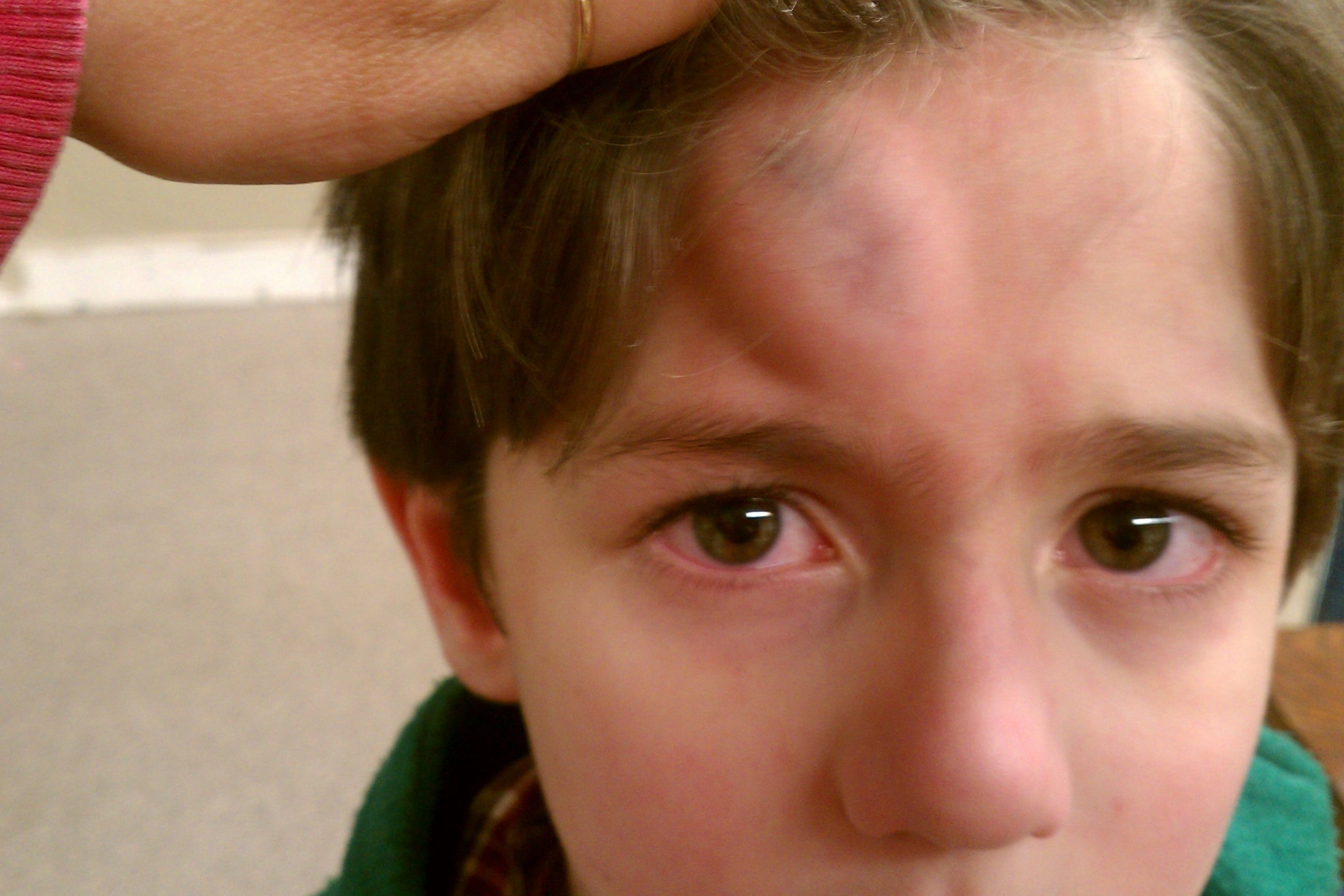
Head trauma in children: how the ordinary citizen should intervene while waiting for the rescuers
Head trauma in children is the main cause of death in paediatric age, paediatricians tell us: one out of ten patients in childhood enters hospital for this reason
It goes without saying that not only rescuers, but also ordinary citizens should have a basic knowledge of the subject, and should know at least in brief what to do and what not to do when they encounter this situation.
Head trauma in children: some knowledge
It is well known that children tend to have ‘softer’ bones and physique, and this influences the topic in question.
A child who has suffered a head injury can be the victim of two different types of this injury: a superficial one that has not penetrated or broken the skull, and a severe one that involves a cerebral haemorrhage with added perforation of the skull.
In both cases this damage can be mild, moderate or severe.
CHILD HEALTH: LEARN MORE ABOUT MEDICHILD BY VISITING THE BOOTH AT EMERGENCY EXPO
In both cases, given also the behaviour that a child may have, it is good to observe these symptoms:
- Confused, unfocused gaze.
- Lack of response to any vocal stimuli / physical pinching.
- Temporary loss of senses.
- Cannot recognise place, friends or family.
- Starts having crying fits some time after getting the injury.
- Vomits suddenly and more than once.
- One of the pupils is basically dilated.
- He cannot walk straight, has difficulty standing.
- He is pale and has a cold sweat.
- He cannot speak sensibly.
- Admits to having very severe headaches, is inconsolable
- Many of these symptoms are common with a moderate or severe head injury, for which you should immediately call 118 or take the child to hospital.
But of course you should always give first aid to the child, taking care to check for other fractures affecting the neck or other similar areas.
Head trauma in the child, once this is done, one can proceed to
- Check for bleeding wounds or other superficial haemorrhages. If so, a wet cloth or ice should be applied (in which case it should always be wrapped in a cloth). In the case of minor wounds or simple bruises, it is sufficient to apply the cloth for 20 minutes every hour, otherwise the application should be more continuous.
- Raise the legs and keep the child lying down, keeping the head straight.
- If there are objects that restrict blood circulation (watches, special clothing accessories) it is always a good idea to unfasten or remove them.
- Assure the child that everything is going to be all right, calming him emotionally, trying in the meantime to understand the extent of the wound based on his responses. These moments can also be useful in keeping him conscious and making sure to call his parents or legal guardian, as far as possible.
It should be remembered that unless it is particularly necessary (e.g. in a busy area or a fire or gas leak scenario) the child should not be moved.
This may be easy as he or she will not weigh much, but especially in case of internal bleeding (or other broken bones) this can have fatal consequences.
Of course, if the child is unconscious, has no pulse and is not breathing, all precautions must be taken immediately to perform resuscitation.
In case of unconsciousness, it is important that there is a pulse and breathing, and if the child does not react within a quarter of an hour, 118 should be called urgently.
A moderate head trauma will at most result in some swelling of the child’s skin, with obviously a red/purple bruise
In this case the child may be mostly conscious and able to move, although he may still present sudden vomiting or other milder symptoms.
An ice or wet cloth should always be used in this case.
After reunification with the parents or relatives responsible for the child’s care, it is advisable for the latter to take the child for a medical examination to ensure that everything is all right.
Can the GSC test be used on children?
Generally, head injury victims can be given the GSC (Glasgow Coma Scale), which includes small tests involving motor, verbal or simply reaction stimulation.
However, knowing children, this test is not always particularly effective.
It is therefore important to be aware that the child may react in an uncoordinated manner, cry or panic.
It is therefore very important to reassure the child and keep him calm, even during the application of first aid.
By establishing a certain calm, it will also be possible to understand the real extent of the injuries caused by the trauma, even if it is not always easy.
At the end of the day, it is always the duty of the 118 doctor to establish whether the child is actually out of danger.
But especially in his or her immediate reactions, it will always be possible to understand at least to a large extent the extent of his or her injury.
Read Also:
Acute Hyperinflammatory Shock Found In British Children. New Covid-19 Pediatric Illness Symptoms?
Bone Cysts In Children, The First Sign May Be A ‘Pathological’ Fracture


